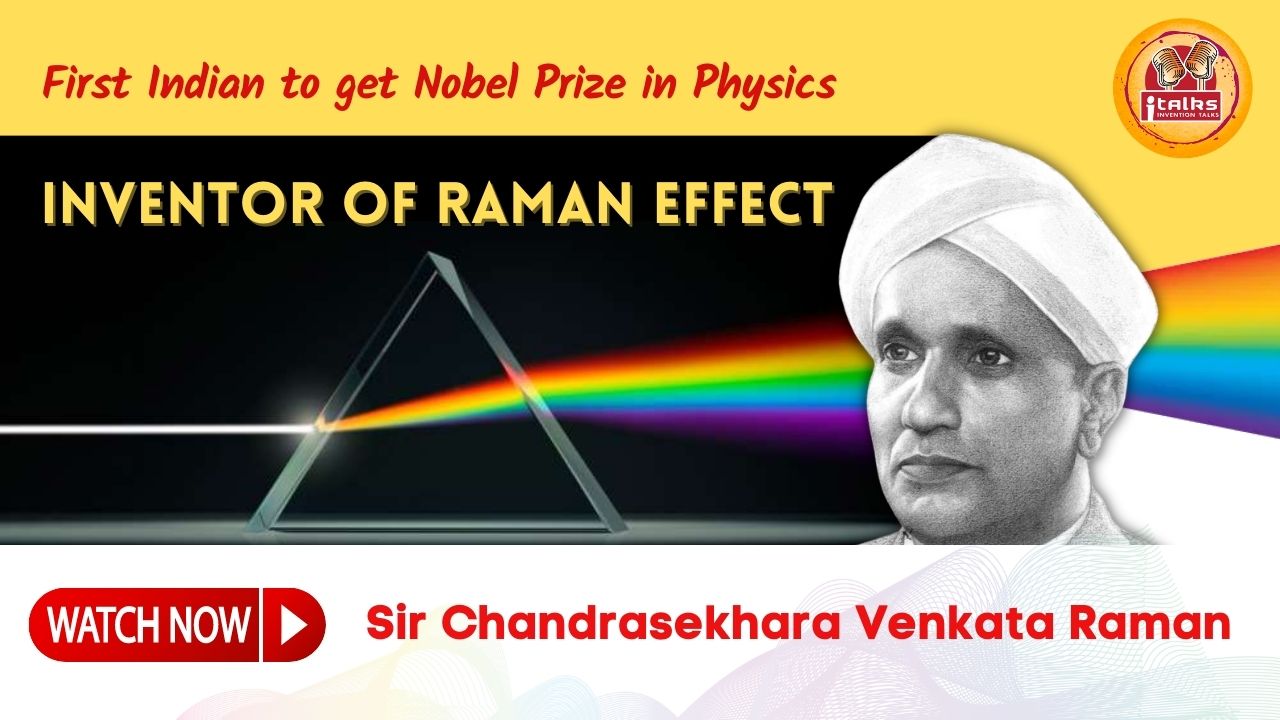Sir CV Raman is such a scientist of India, who made his most important contribution in the field of science and with some of his amazing discoveries, India got a different identity in the world of science. For which he was also awarded the Nobel Prize in the year 1930, he was a student who had obtained a degree at a very young age.
Early life of CV Raman
CV Raman was born in a humble Tamil Brahmin family on 7 November 1888 in Tiruchirappalli city of Tamil Nadu. His father’s name was Chandrasekhara Iyer and mother’s name was Parvati Ammal. Father G. A. V. Narasimha Rao was a professor of Physics and Mathematics at the College, Visakhapatnam.
CV Raman was also very fond of reading from a young age, he used to study for hours, he was so fond of books that he had made a small library of books in his room.
CV Raman’s education
CV Raman did his early education from St. Aloysius Anglo-Indian School in Visakhapatnam, from where he passed his 10th standard at the age of 11 and completed his 12th standard at the age of 13.
Raman began his Bachelor’s degree in 1903 at the Presidency College. He completed his degree as a topper, winning a medal in the subjects of Physics and English.
After this, he took admission for master’s degree from Presidency College itself and chose physics as a special subject.
During his college days, his talent improved even more and he used to solve difficult questions in a pinch, which even his professors could not do. was not able to solve
His physics professor was very impressed and told Raman that he should write an article on this. Later this article was published in the British Journal, “Philosophy Magazine” which was based on Diffraction of Light, not only this, in the same year he published another paper which was based on Surface Tension of Liquids
Lord Rayleigh’s eye fell on this paper and he wrote a letter to Raman, in this way the conversation started between the two, Rayleigh had no idea even in his dream that the one whom he was considering as a professor, was just a boy of eighteen years. He wanted to go abroad and get PhD degree, but in those days his health was not good, due to which the doctors did not allow him to go abroad.
Career of CV Raman
Then he decided to stay in India and do a government job. He submitted forms to appear for the Financial Civil Service exam from Calcutta University and devoted his heart and soul to studies. He topped that exam and thus, at the age of nineteen, Raman joined the Indian Finance Service in Calcutta as Assistant Accountant General.
Raman was doing his job with full hard work and honesty, but it was difficult for him to forget science, so he had made a small laboratory in his house, where he used to do some experiments whenever he got time.
One day while going to work, he saw a board of the Indian Association for the Cultivation of Science (IACS), IACS used to be famous for publishing new research or papers in those days. When Raman went there, he met him there. The secretary was from Amrutlal Sarkar, who was also the son of Mahendralal Sarkar, the founder of IACS. When CV Raman expressed his strong desire to work there while talking to Amrutlal Sarkar, he happily agreed and gave him permission to work in the lab according to his own wish.
What was it now, after completing his government duty with honesty, whatever time Raman got, he would have spent it in IACS only. He used to get so engrossed in his work that he did not even know the time, when the night passed and when it was morning. In 1907, his article “Newton’s Rings in polarized light” was published in a British journal ‘Nature’, through IACS
IACS had become even more popular with his new research papers and articles. CV Raman was becoming famous everywhere due to his work and many people were eyeing him, one of them was Ashutosh Mukherjee , Ashutosh Mukherjee, who had always been very interested in the works of CV Raman, was the Vice Chancellor of Calcutta University and an executive member of the IACS.
And now they wanted Raman to join Raja Bazar Science College as Professor of Physics and this is what happened Raman joined the job as soon as he heard the offer and left his civil service career a decade ago. And thus at the age of just 27, he became a full time college professor.
Inventions of CV Raman
In 1928, Raman discovered his famous Raman effect This discovery revealed many mysteries, such as why sea water is blue in color, or that whenever a light passes through a transparent medium, some part of the light is refracted, which changes the web length. It is also more special because it was the first time that an Indian got the Nobel Prize in Science. For this reason National Science Day is celebrated on 28 February.
Later, he was awarded Bharat Ratna in the year 1954 and a few years late CV Raman died on 21 November 1970 at the age of 82.
